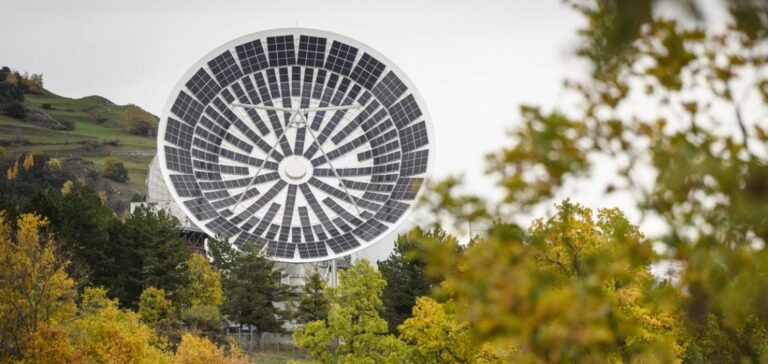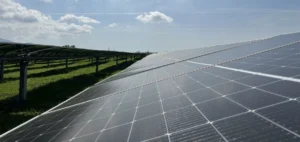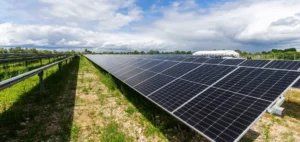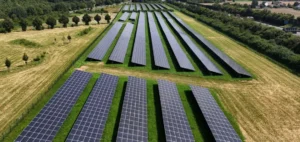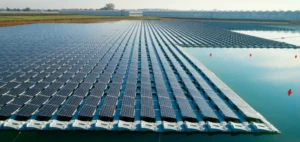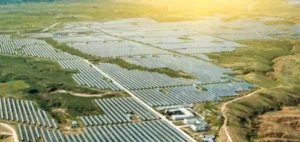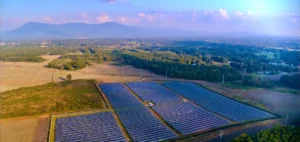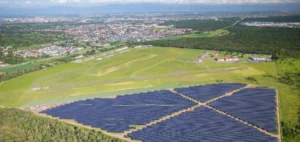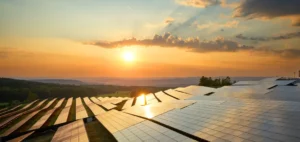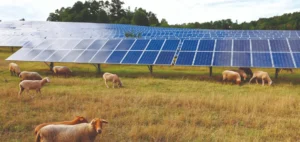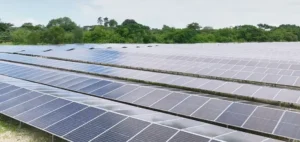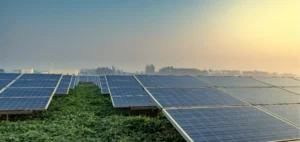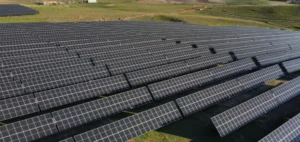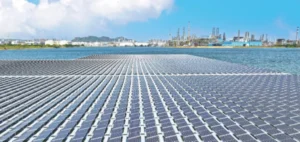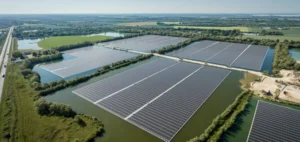In Switzerland, the Axpo subsidiary CKW and Leuk TDC are innovating with satellite dishes converted into solar systems.
An innovative solution
In Switzerland, Leuk TDC at 1000 meters above sea level is self-sufficient thanks to satellite dishes and solar panels on its building. This innovative solar system is located on the roof of its data center. This project by CKW converts disused satellite dishes for energy production.
The inside of the dishes receives the solar panels where the solar radiation has the most effect. This system is ideal because the device aligns itself flexibly with the sun. This infrastructure produces more electricity than a conventional solar panel.
Moreover, the snow that is frequent at this altitude does not adhere to the parabolas. In addition, the data center is often located above the fog line. As a result, this device generates more energy even in winter.
A potential
A satellite dish generates about 110,000 kWh per year, equivalent to the energy needs of 25 households. The solar panels on the roof of the data center generate an additional 550,000 kWh per year. Leuk TDC is planning a second satellite dish with a valid building permit.
The device will enter construction in the spring of 2023. It will allow the Leuk TDC to be 99% self-sufficient in renewable energy. This solution secures the data center in electricity and allows a decrease in costs.
John Harris, CEO of Leuk TDC, states:
“This is possible by focusing on solar projects and promoting their expansion. By relying more on their own solar solutions for their energy supply, companies are making an important contribution to achieving Switzerland’s energy goals.”
In Switzerland, there is an untapped potential in the solar sector. The parabolic antenna system demonstrates that an innovative solar system can become efficient.

